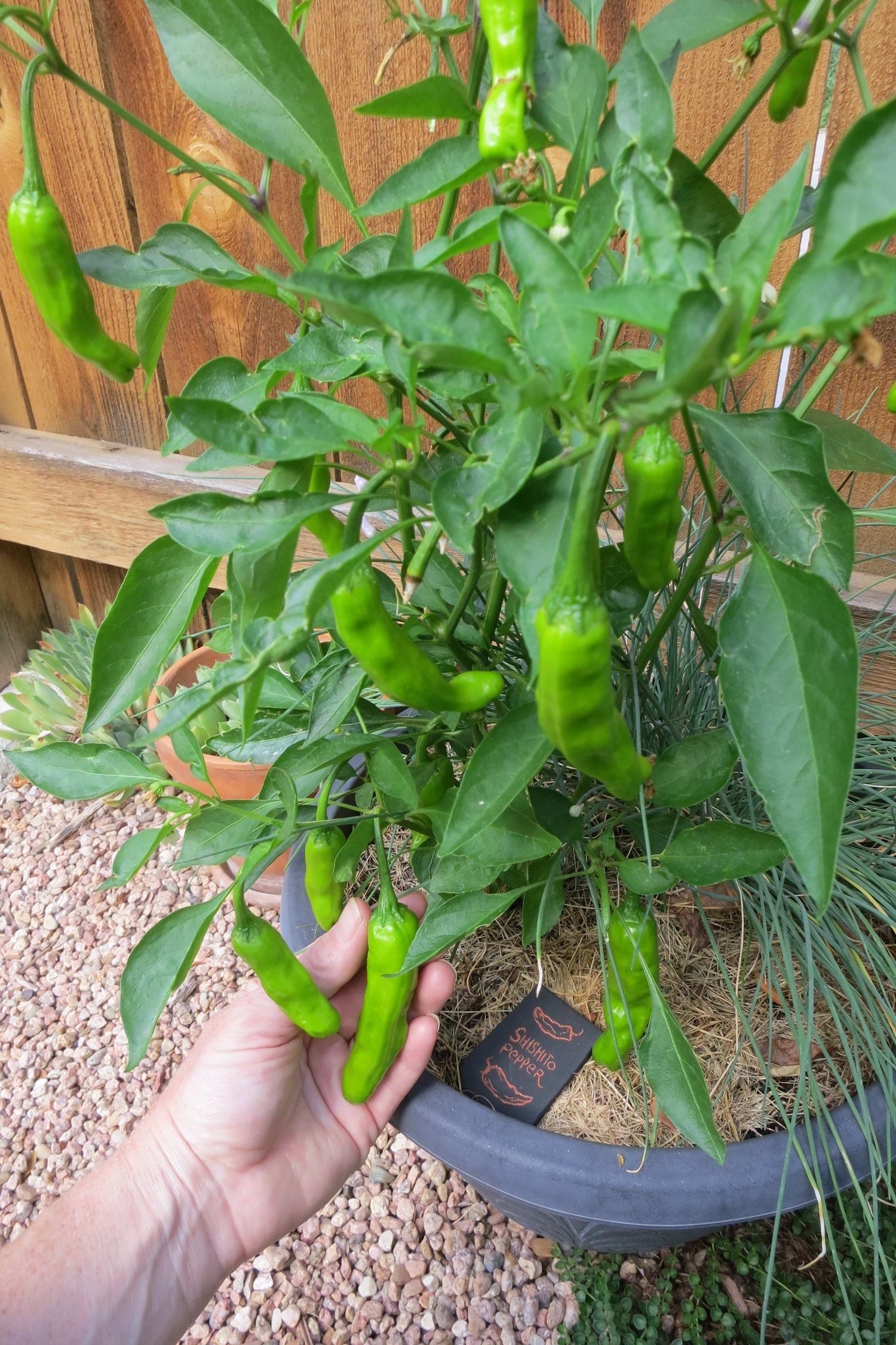
A good crop rotation plan is critical for a productive vegetable garden. One of the rules of organic gardening is to rotate plant families from one season to the next, so related crops are not planted in the same spot more often than every three years. The purpose of crop rotation is to help maintain the balance of nutrients, organic matter, and micro-organisms necessary for healthy soil. When the same vegetable, like hot peppers, are planted year after year in the same plot, they become diseased and decline in productivity.
One suggestion for the first year in three different plots or garden rows.
Peppers and Tomatoes in row #1
Kale and Broccoli in row #2
Peas and Beans in row #3
The second year: Peppers and Tomatoes are in #2, Kale and Broccoli in #3 and Peas and Beans in #1.
The third year: Peppers and Tomatoes in #3, Kale and Broccoli in #1 and Peas and Beans in #2.
Plant Families are below to help you create your long term crop rotation plan.
Pea or Legume family: peas and beans of all kinds.
Goosefoot family: beets, chard and spinach.
Mustard family: cabbage, collards, Brussel sprouts, kale, cauliflower, broccoli, kohlrabi, rutabaga, turnip, cress, horse-radish, and radish.
Parsley family: carrot, parsley, celery, and parsnip.
Nightshade family: potato, tomato, eggplant, and pepper.
Gourd family vine crops: summer squash, winter squash, pumpkin, watermelon, cantaloupe, and cucumber.
Composite family: chicory, endive, salsify, dandelion, lettuce, Jerusalem artichoke, and globe artichoke.
Lily family: onion, garlic, leek, and chives.
Grass family: sweet corn.
Mallow family: okra.




















